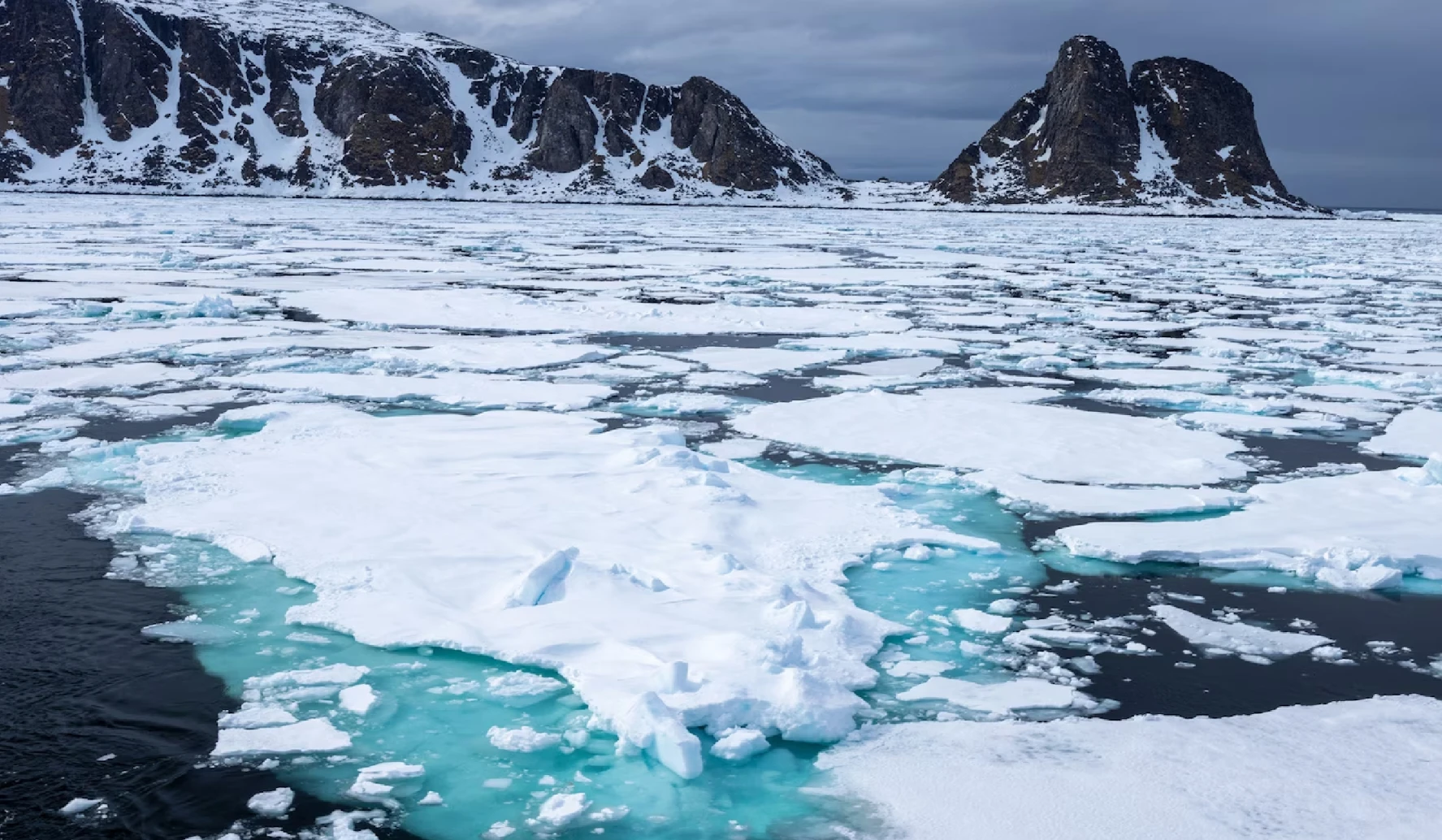A new Study published in Remote Sensing Applications: Society and Environment assessed the implications of permafrost degradation-related hazards in the Jammu & Kashmir (J&K) Himalayas.
- Permafrost is any ground that remains completely frozen—32°F (0°C) or colder—for at least two years straight.
Key Findings of the Study
- Permafrost covers 64.8% of the total geographic area of J&K and Ladakh.
- Of this 26.7% is continuous permafrost (most of the soil is frozen), 23.8% is discontinuous (more than half of the soil is frozen), and 14.3% is sporadic (intermittent patches of frozen soil).
- Identified 332 proglacial lakes, of which 65 have differing Glacial Lake Outburst Flood (GLOF) risks. E.g., Chamoli (2021) and South Lhonak (2023) disasters linked to permafrost degradation
- Proglacial Lake is formed when water from a melting glacier collects in a depression in the landscape or when its flow is dammed.
- Infrastructure and Security Risks: Many strategic roads pass through permafrost zones in Ladakh.
- Hydrological Changes: Impact on river flow and groundwater availability
- Reasons for degradation: Rising surface temperatures are the main driver; natural events such as earthquakes triggered permafrost breakdown; human activities like deforestation, real estate, dams, roads, etc.
Way Forward
|




